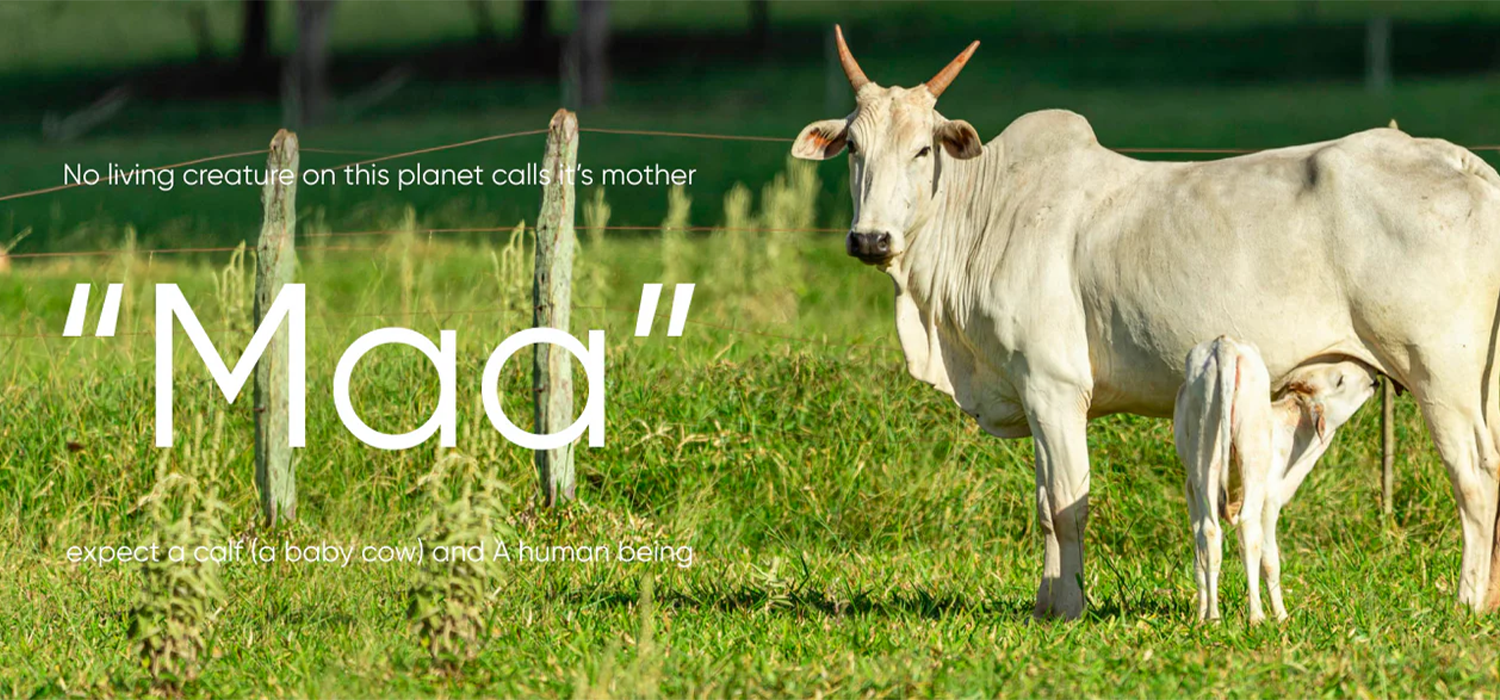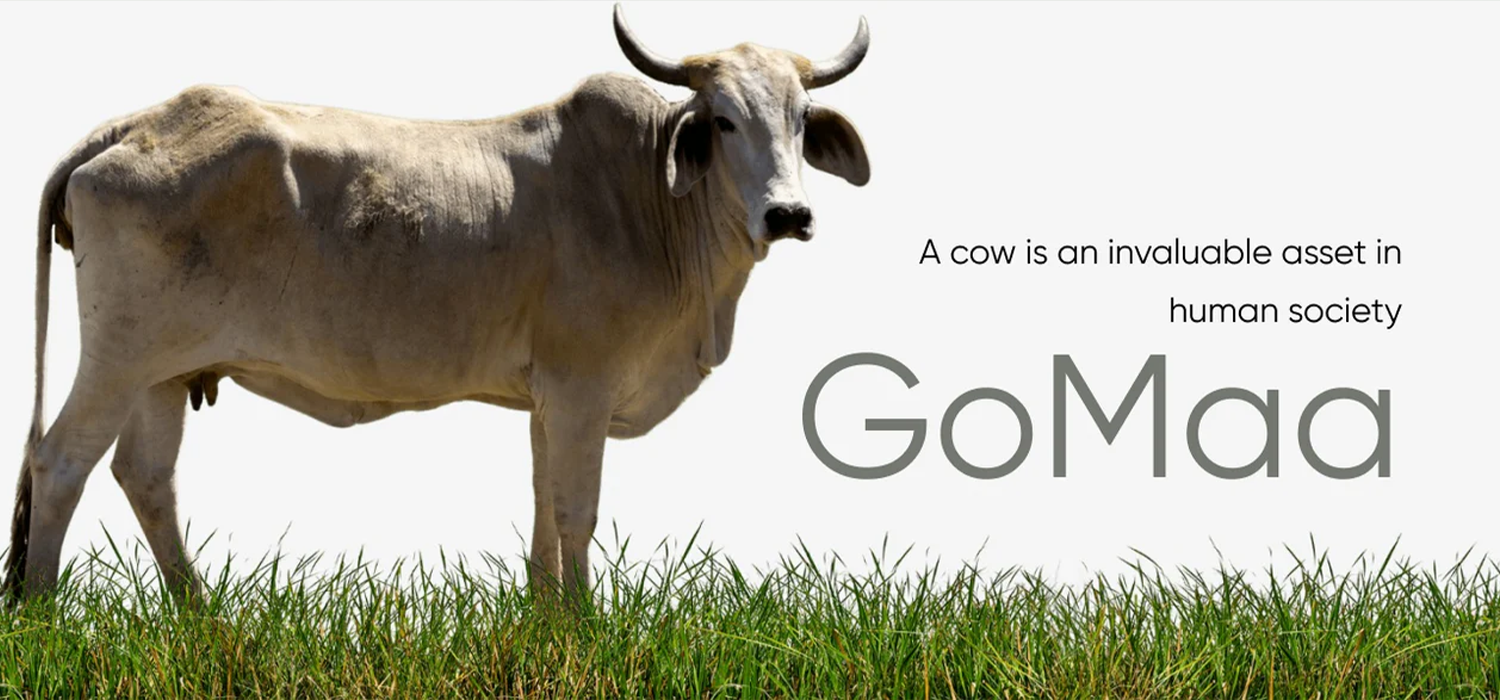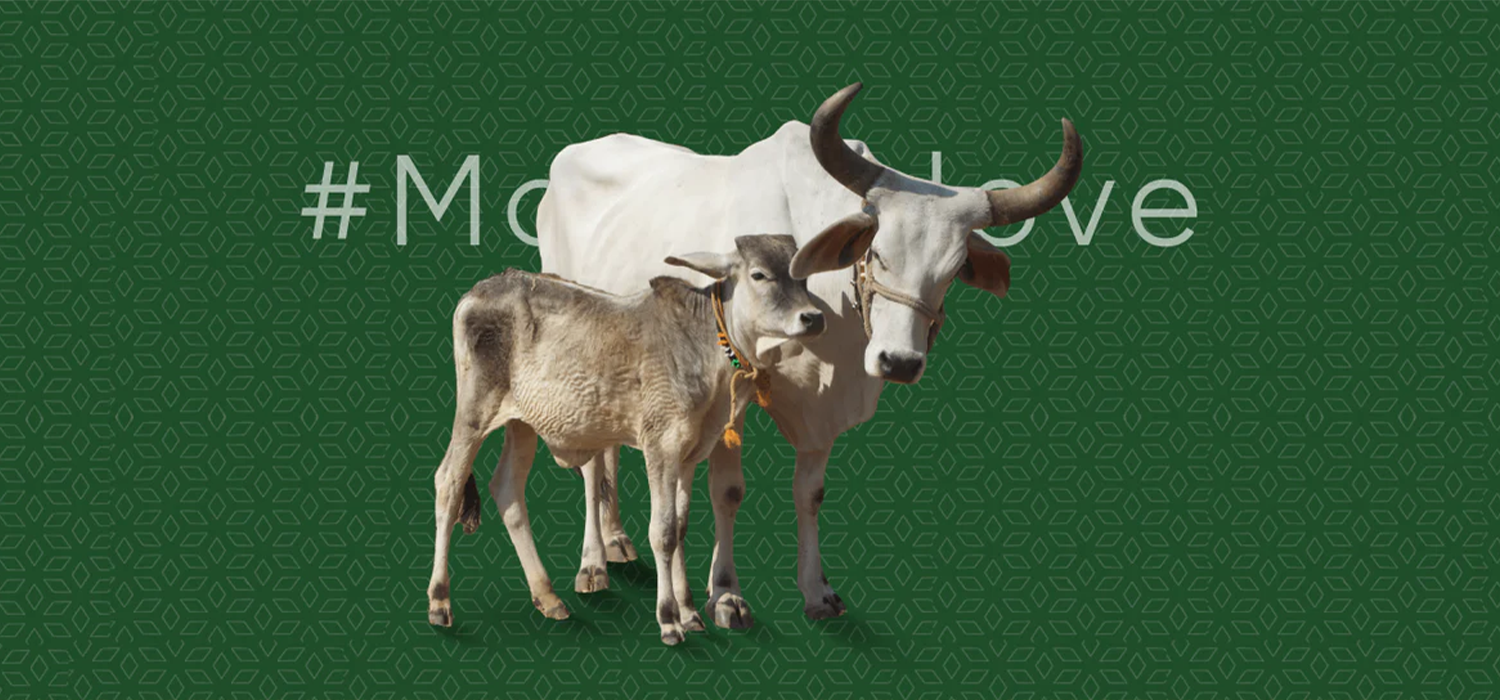
-
GRAMATHUPAAL GOSHALA
-
Founder
Dr. K. Janarthanan
Goshala
The idea of Gosa:la:s as centres for cottage industry and rural development has been proposed and is currently being researched, developed and experimented by Center for Rural Development and Technology, IIT, New Delhi. If this idea becomes successful making the cow the center of our industry, then surely Cow will play a big role in pollution reduction and environment protection and the carbon credits (Kyoto Protocol of UNO) that we save and accrue for our country can be traded with other countries to earn foreign exchange. We all know a lot about the impact of pollution on environment and our health.
India was previously home to 72 species of indigenous cows. After independence we lost over 65% of them. All that remain are 26 species.The rest are either hybrid or cross breed.
Importance of Gomatha
The cow is called “Gow” in Samskrit. The holy scriptures of Sana:thana Dharma including the Rig Veda, the Yajurveda, the Upanishads, and the Pura:na:s refer the cow as “Gomatha” (meaning “Cow – the Mother”).
They extol the importance of Gomatha in the Vedic way of life because of the kind of central role she plays in Vedic religion/spirituality. Ghee is the most important contribution of gomatha because without cow ghee we cannot perform yagnas/homas which is the single most important ritual in the Vedic religion/spirituality and way of life. Cow’s milk, curds, butter, ghee and other daily-use products and their derivatives are invaluable in A:yurveda medical system, agriculture, veterinary medicine, and other spheres of our life.
Such is the importance of gomatha that she is extolled in the holy scriptures with the sayings “Ga:vo: Viswasya Ma:tharaha” which means “Cows are the mothers in the Universe” in the Rig Veda, the Yajur Veda, and the Atharva Veda; and “Ma:tharaha Sarva Bhutha:na:m Ga:vaha Sarva Sukhaprada:h” which means “Cows are the mothers for all living beings and the providers of all pleasures and happiness”. Even Lord Krishna himself was a cow-herder in his childhood in Vrinda:van city and always played with cows along with his friends. He loved the company of cows, which are the most sa:thvic beings, so much that he said the sloka “ga:vo mey cha:grathaha santhu ga:vo mey santhu pa:rsvathaha | ga:vo me: prushtathaha santhu gava:m madhye vasa:myaham ||” which means “Let the cows be in front of me, on my either side, behind me. I will always be in the middle of cows.” in the dasama skanda (10th Canto) of Srimad Bha:gavatham. This one sloka tells so much about the importance of gomatha.
Importance of Go: Products in Daily Life
- Panchagavya - Cow Milk is one of the products we get from cow. Most of the people think it is the only product but milk is only one part of the whole.
- Yoghurt, ghee, paneer - Distilled and sterile cow urine mixed with water and herbs like brahmi and basil has excellent medicinal properties. Ark has been found to be useful against flu viruses.
- Cow Vibrations - Cow dung is used to make daily use consumer products like dant manjan (tooth powder to clean teeth), body soaps, etc.
- Milk (Kshi:ram/Dugdam) - Cow Milk is one of the products we get from cow. Most of the people think it is the only product but milk is only one part of the whole.
- Cow Urine(Go:Panchakam) - Distilled and sterile cow urine mixed with water and herbs like brahmi and basil has excellent medicinal properties. Ark has been found to be useful against flu viruses.
- Cow Dung (Go:mayam) - Cow dung is used to make daily use consumer products like dant manjan (tooth powder to clean teeth), body soaps, etc.

Go:puja & Go:da:nam (cows)
Go:da:nam means donating a cow (Go:ma:tha) along with her calf. Go:da:nam liberates the donor and his forefathers from the sins committed knowingly or unknowingly in their lives. Go:da:nam is performed when a child is born in the family, during marriage, when a person passes away or in any other auspicious occasion. It bestows heavenly comforts on the donor. Departed souls will be relieved from the hells and from a treacherous river “Viraja” by doing Go:da:nam. The devathas in the cow will take care of the soul. It is equal to the benefits obtained by performing Ra:jasu:ya Ya:ga and donating unlimited amount of gold.
Go:puja means worship of a cow (Go:ma:tha) along with her calf. Go:puja removes hardships of the people and blesses them with peace and happiness. It also enables a person to achieve control over his senses. Go:puja is equivalent to a pradakshinam around the earth, recitation of Vedas and worship of Lord Vishnu.
